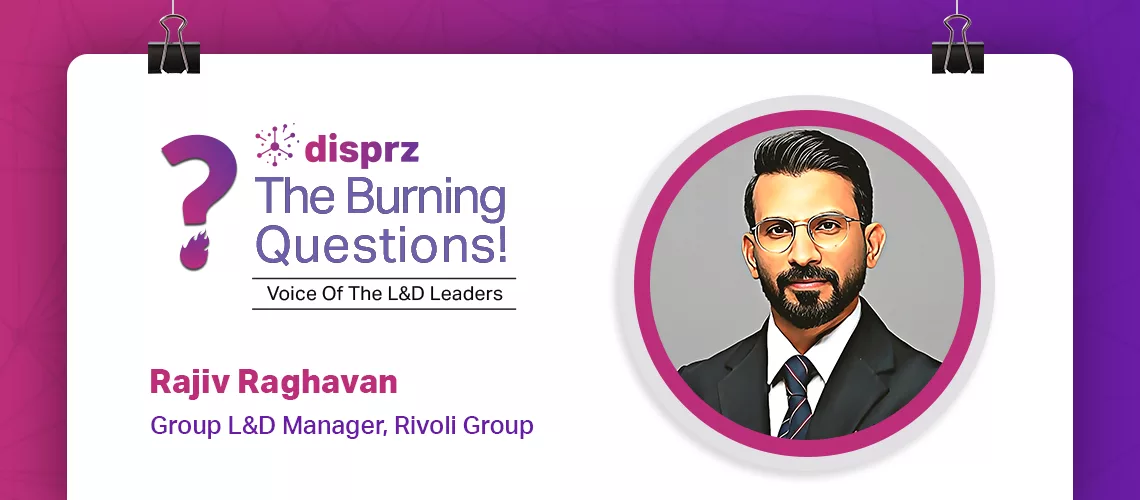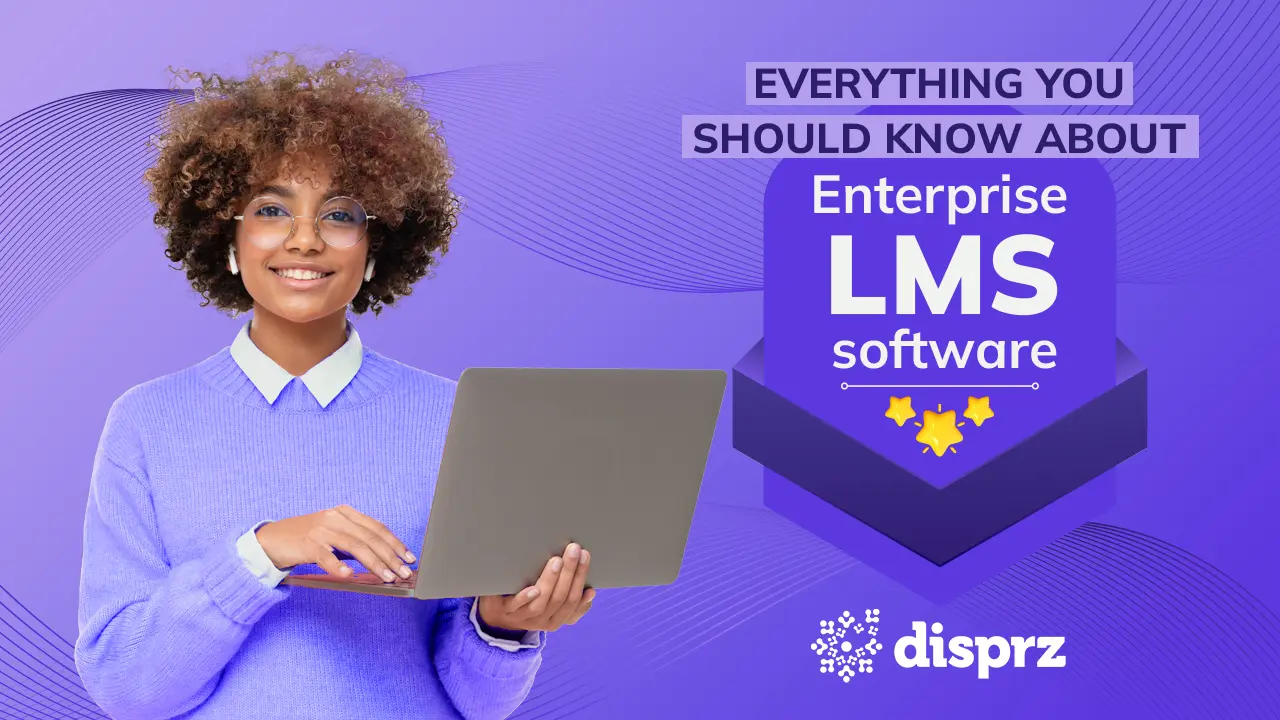
6 min read
• 18 Apr 2024
Innovate Employee Learning: 3 Strategies to Increase Learner Engagement Rates
The biggest challenge for L&D teams is to increase learner engagement. Implement these 3 stragegies to increase engagement rates and drive employee learning.
-
eBookEmployee Upskilling - A Detailed Blueprint For Building A Skills-Driven Learning Culture
Your L&D program’s success depends highly on learner engagement. In fact, 93% of employees state that a well-planned learning program increases their engagement with the skill taught. With increased learner engagement, employees are more likely to complete the training material and achieve the desired skilling objectives.
Many L&D leaders are struggling to increase adoption and engage employees with the strategized learning and development programs. To combat this challenege, we’ve compiled learner engagement strategies you can implement to deliver L&D programs effectively and upskill employees.
3 Strategies to Boost Learner Engagement Rates for Your Organization
L&D professionals recognize the need to employ different learning strategies to boost learner engagement and drive successful learning and development initiatives. A leading luxury lifestyle retail chain, Rivoli Group’s CHRO Rajiv Raghavan, emphasizes how important it is to choose the right L&D strategies to grab employee attention.
In a recent interview with Disprz, he shared insights on how Rivoli Group increased learner engagement to get the desired outcome:
1. On-The-Job Training
On-the-job training (OJT) enables active participation for employees by allowing them to learn in the flow of work. OJT allows employees to gain hands-on experience by integrating learning in their everyday working environment.
This learner engagement strategy is pivotal in providing employees with opportunities to expand their skill sets by enabling them to learn at their own pace at any hour of the day. It’s the most efficient way to train employees on new processes and reach the ultimate goal of expediting user adoption of new tools.
Key Benefits:
- It has a positive impact on outcomes that’s easier for employees to learn while working
- Acquire new skills without interfering with their daily activities or productivity
- Allows personalized training by enabling the workforce to concentrate on the competencies that are pertinent to their position
2. Blended Learning
Blended learning is a powerful approach because it allows L&D professionals to cater to the diverse learning preferences of their workforce. By combining traditional instructor-led training with asynchronous learning methods, blended learning allows employees to learn in ways that best suit their individual needs and preferences.
Overall, it helps organizations create a more comprehensive and effective learning strategy leading to a more skilled, knowledgeable, and engaged workforce.
Below are 6 easy steps you can follow to implement blended learning to boost learner engagement:
-
Perform analysis to identify your objectives, existing gaps, and potential solutions
-
Choose the metrics you’ll use to gauge the program’s success
-
Examine internal resources to establish a reasonable budget
-
Select the best methods to balance synchronous and asynchronous learning to address the needs of your workforce and an effective learning experience. For instance, an onboarding program for new hires can combine virtual training sessions covering company culture, team dynamics, etc., with self-paced modules with on industry best practices, compliance and technical skills.
-
Create content and launch a trial program
-
Assess & take feedback for improvement for future trainings
3. Gamification
The idea behind merging game mechanics with learning is to make training more exciting and improve learner engagement. It encourages employees to complete learning modules and contribute to the organization’s success. The L&D professionals can successfully execute learning with gamification to engage and boost the workforce’s training adoption rates. This approach encourages employees to strive for rewards and engage in healthy competition while also adding a fun element.
But how can you successfully amalgamate gamification in the learning and development strategy? Here are the below methods you can use:
-
Give learners rewards & badges for completing activities
-
Create a dashboard where employees can have healthy competition with their peers and view their peers’ progress
-
Set daily targets to motivate learners to participate
-
Include quizzes or minigames in your learning activities
Conclusion
Organizations must use cutting-edge L&D strategies that meet the needs and interests of their workforce. An important consideration when selecting employee training techniques is the proportion of millennials and Gen Z employees in a company.
Technological tools like the Disprz skilling suite have significantly improved employee learning techniques. The Disprz platform offers training delivery methods for organizations looking to tailor their learning experiences to meet the unique needs of their workforce. It also tracks and analyzes capabilities to provide real-time insights into learner progress and training effectiveness, enabling organizations to make data-driven decisions and continuously improve their L&D initiatives.
Ready to modernize your existing training or start from scratch? We’ve got you covered! Book a meeting with one of our learning experts or request a demo to get started!
About the author

Debashree Patnaik
Debashree is a seasoned content strategist at Disprz.ai, specializing in enterprise learning and skilling. With diverse experience in B2B and B2C sectors, including ed tech, she leads the creation of our Purple papers, driving thought leadership. Her focus on generative AI, skilling, and learning reflects her commitment to innovation. With over 6 years of content management expertise, Debashree holds a degree in Aeronautical Engineering and seamlessly combines technical knowledge with compelling storytelling to inspire change and drive engagement.
More Resources
4 min read
• 15 Apr 2024
Unlocking the Power of Managerial Engagement in Talent Development
4 min read
• 09 Apr 2024
Nurturing Excellence in Building Leadership Pipelines
Sign up to get free resources and stay up to date with Disprz!
Discover how Disprz can align learning and upskilling with your desired business outcomes.





